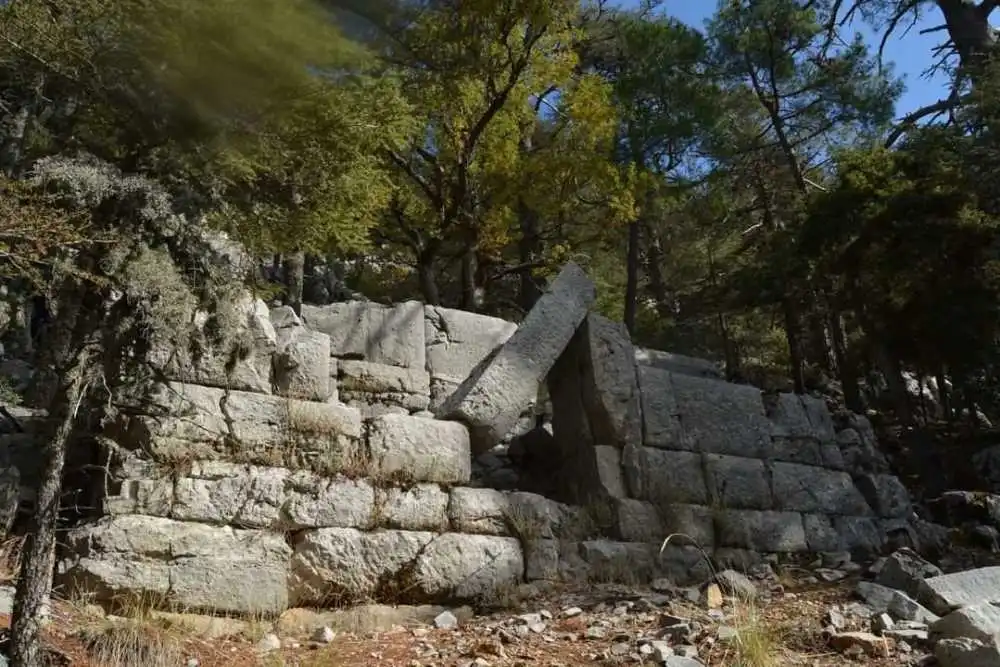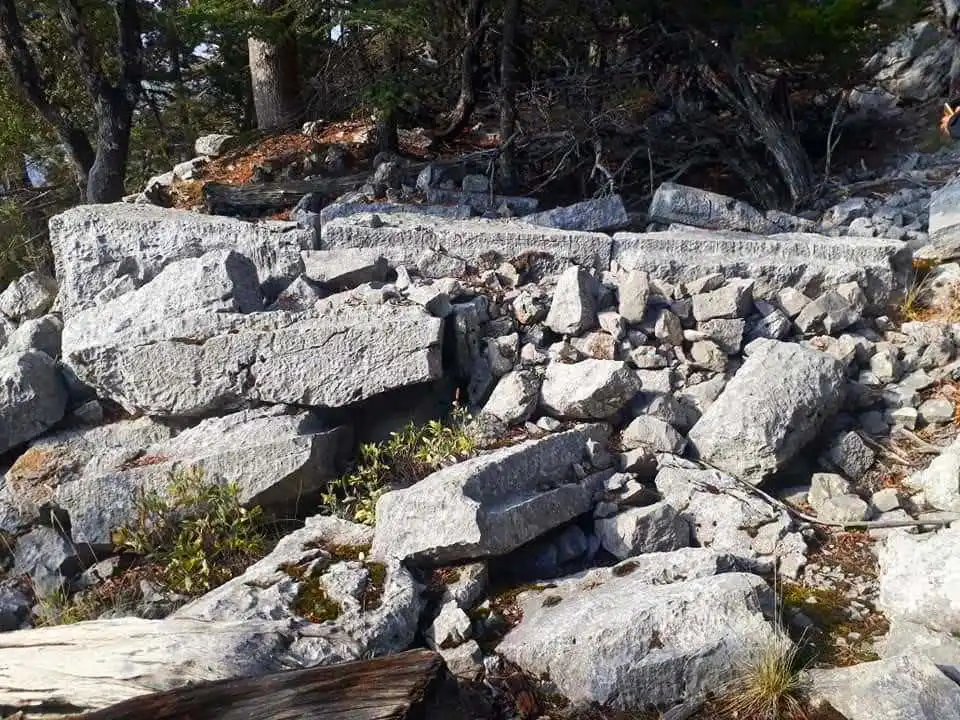Mnara Ancient City
Description
Mnara (Marmara), one of the most difficult ancient cities to reach in Anatolia, is located on a very high rocky hill on the summit of Mount Kavak (lı), which is located within the borders of the Kemer district of Antalya; at an altitude of approximately 1400 meters. The ancient city has a position that can control a significant part of Eastern Lycia and allows a naked eye view of the entire Gulf of Antalya up to Side.
Information about the history of the city is very limited. Ancient sources tell that the Mnarans plundered and damaged the crops of the Phaselisians and that Alexander the Great, who spent the winter in Phaselis during his Asian campaign, captured the city.
According to the characteristics of many buildings, it is understood from the findings in the city that the settlement was founded in the Hellenistic Period and was inhabited during the Roman Period; the settlement shrunk in the early Byzantine Period and was abandoned in the 8th century.
Mnara was an independent polis in the Hellenistic Period and the center of the "Mnarchke" region in the Miliarium Lyciae. The city consists of a very steep, inaccessible rocky acropolis and the ruins of the buildings on its slopes. Due to the natural inaccessibility of the hill, the remains of fortifications were not found, probably because they were not needed. Only a tower-like ruin was seen at the lower level of the hill overlooking the sea and the valley.
The ruins at Mnara are aligned in the east-west direction. The south of the summit was utilized as a quarry. In the southeast, there is a temple with four columns, rich shield depictions and made entirely of marble. It is understood from the sculpture fragments on the surface that many statues were gifted to the temple. To the west of the temple are the remains of a large cistern and a building which is presumed to be a Heroon. To the northeast of the temple, there is a theatrical structure almost at the summit, ending with cliffs on both sides, without a stage building, where religious ceremonies were held. To the northwest of the city are the remains of an agora supported by terrace walls and a Bouleuterion (parliament building).
The ancient city, which promises an unforgettable experience for trekkers as well as archaeology enthusiasts, can be quite difficult to reach; however, at the end of the journey through the cedar forests, visitors are greeted by magnificent views.
Short Description
Mnara (Marmara), one of the most difficult ancient cities to reach in Anatolia, is located on a very high rocky hill on the summit of Mount Kavak (lı), which is located within the borders of the Kemer district of Antalya; at an altitude of approximately 1400 meters. The ancient city has a position that can control a significant part of Eastern Lycia and allows a naked eye view of the entire Gulf of Antalya up to Side.







